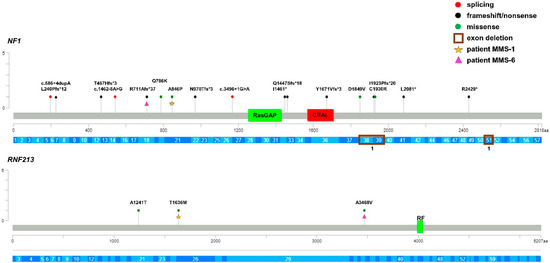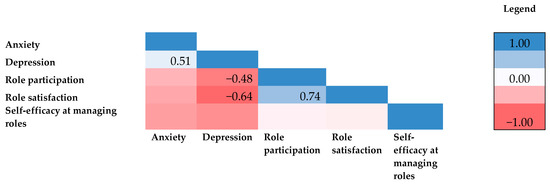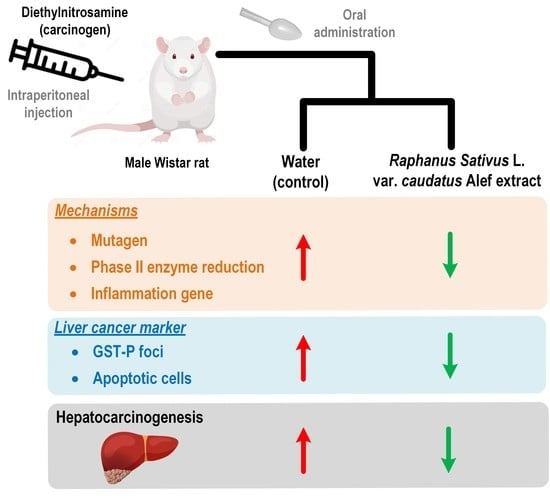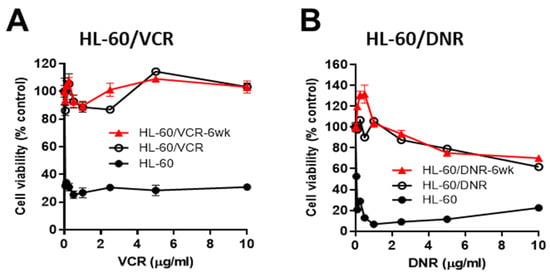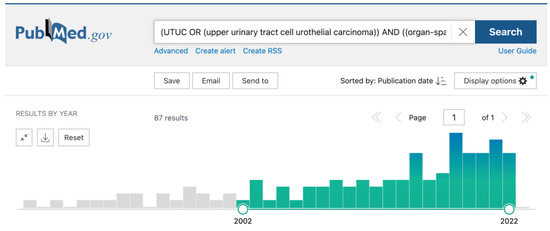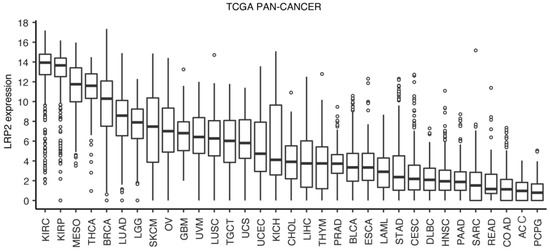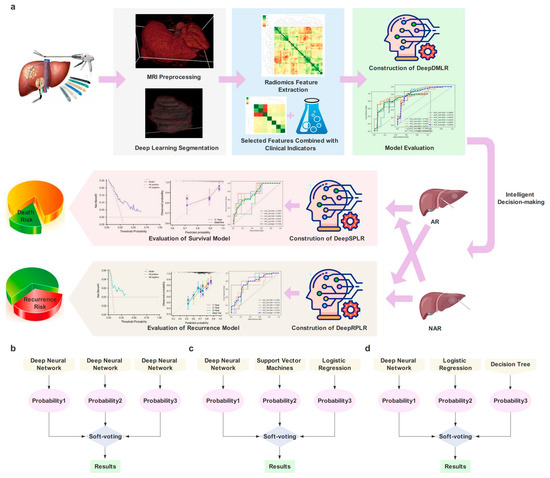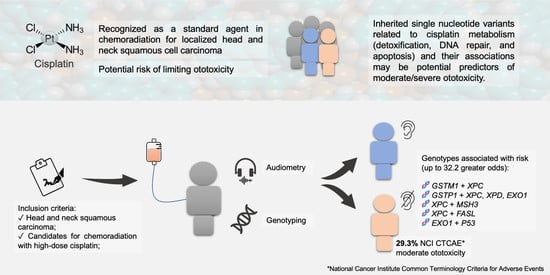Cancers 2023, 15(6), 1657; https://doi.org/10.3390/cancers15061657 - 8 Mar 2023
Cited by 6 | Viewed by 2207
Abstract
Von Hippel–Lindau (VHL) disease diagnosis is based on two criteria sets: International criteria (IC, two hemangioblastomas, one hemangioblastoma plus one visceral lesion, or VHL family history/pathogenic variant plus hemangioblastoma/visceral lesion); or Danish criteria (DC, two clinical manifestations, or VHL family history/pathogenic variant plus
[...] Read more.
Von Hippel–Lindau (VHL) disease diagnosis is based on two criteria sets: International criteria (IC, two hemangioblastomas, one hemangioblastoma plus one visceral lesion, or VHL family history/pathogenic variant plus hemangioblastoma/visceral lesion); or Danish criteria (DC, two clinical manifestations, or VHL family history/pathogenic variant plus hemangioblastoma/visceral lesion). We aimed to compare the characteristics of patients with VHL-related pancreatic neuroendocrine tumor (vPNET) meeting either the clinical Danish criteria only (DOC) or IC to those with sporadic PNET (sPNET). The cohort included 33 patients with VHL (20 vPNETs) and 65 with sPNET. In terms of genetic testing and family history of VHL, 90.0% of the patients with vPNET in the IC group had a germline VHL pathogenic variant, and 70.0% had a family history of VHL vs. 20% and 10% in the DOC group, respectively (p < 0.05 for both). Patients with vPNET were younger at diagnosis compared with sPNET (51.6 ± 4.1 vs. 62.8 ± 1.5 years, p < 0.05). Patients in the IC group were younger at diagnosis with VHL, vPNET, pheochromocytoma, or paraganglioma (PPGL) and renal-cell carcinoma (RCC) than those in the DOC group (p < 0.05 for all comparisons). The most prevalent presenting manifestations were hemangioblastoma (42.8%) and PPGL (33.3%) vs. RCC (58.3%) and PNET (41.7%) in the IC vs. DOC groups. In conclusion, patients with vPNET meeting DOC criteria show greater similarity to sPNET. We suggest performing genetic testing, rather than solely using clinical criteria, for establishing the diagnosis of VHL.
Full article
(This article belongs to the Special Issue New Perspectives on Multiple Endocrine Neoplasia)
